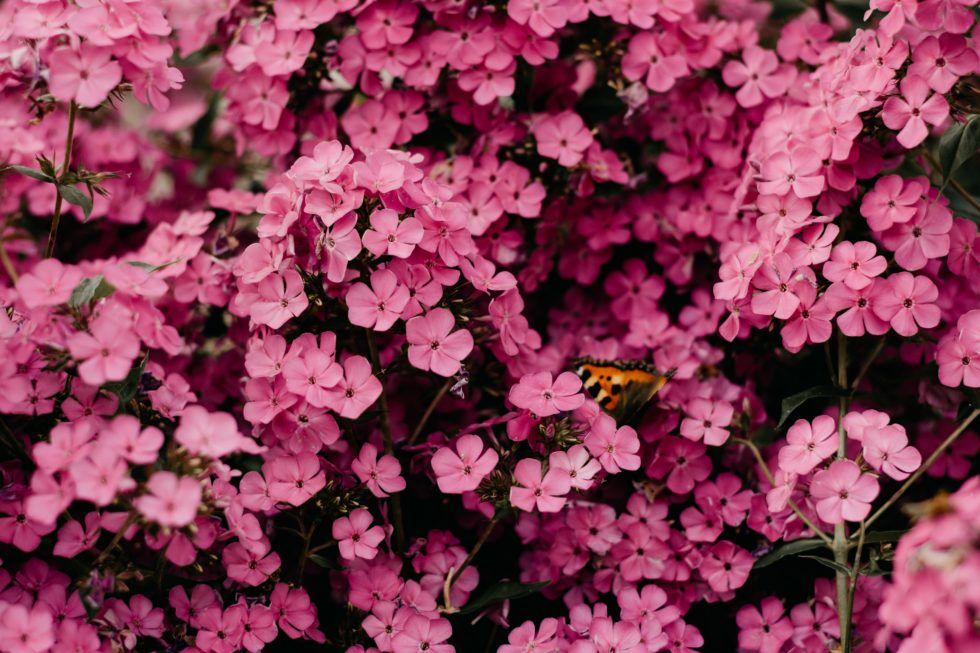
Beltane: Sabbat of Celebrating Fertility
Beltane is a fire festival sabbat that’s celebrated by those who follow pagan, witchcraft or Wiccan traditions. It’s a time of joy and celebration that marks the arrival of spring and the fertility of the earth. Let’s take a look at the history and traditions of Beltane, as well as some suggestions for ways to celebrate the festival in modern times.
History of Beltane
Beltane has its roots in ancient Gaelic culture, where it was a fire festival that celebrated the return of the sun and the end of winter’s darkness. It was a time of great significance, as people believed that the veil between the human world and the spirit world was at its thinnest during this time. As a result, many of the traditional practices associated with Beltane were intended to bring good luck and fertility.
One of the most well-known traditions associated with Beltane is the lighting of bonfires. People would light huge fires and jump over them to bring good luck and fertility. This practice is still observed in some parts of the world today, and in many witches’ circles.

Traditions and Customs of Beltane
Another popular Beltane tradition is the Maypole dance. A tall pole, decorated with ribbons and flowers, is put up, and people dance around it, weaving the ribbons together as they go. The Maypole symbolizes fertility and the coming together of masculine and feminine energies. It’s a joyous and celebratory tradition that’s often accompanied by music and singing.
In addition to the Maypole dance, another tradition associated with Beltane is the creation of flower crowns and wreaths. These are made from fresh flowers and are worn as symbols of spring and rebirth. They’re also often used in Beltane rituals and ceremonies.
Beltane Rituals
If you’re interested in celebrating Beltane, there are a variety of rituals and ceremonies that you can perform to honor the season and its traditions. These can be as simple or elaborate as you want, and there are no hard and fast rules for Beltane rituals. Here are a few ideas to get you started:
- Create an altar: Set up a special altar in your home or outdoor space that’s dedicated to Beltane. You can decorate it with fresh flowers, candles, and other items that are meaningful to you.
- Meditate on the meaning of Beltane: Take some time to reflect on the significance of Beltane and what it means to you. What is fertile in your life? What can you create? Or visualize what you want to create in your life. You can do this alone or with others.
- Lay a bonfire, and (safely) jump over it with positive intentions for growth
- Perform a Maypole dance: If you have a group of friends or family members who are interested in celebrating Beltane with you, you can perform a Maypole dance together. The traditional dance is one where ribbons are woven around the maypole.
- Make a wish: Write down a wish or intention that you have for the coming season and bury it in the ground, symbolizing the planting of a seed that will grow over time.
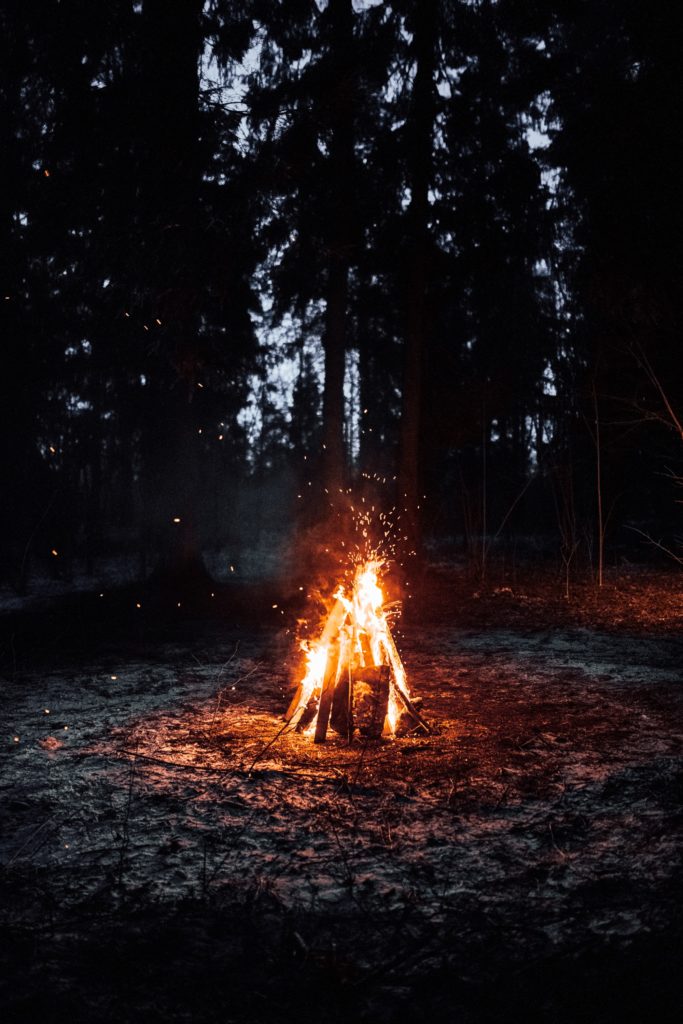
Food and Drink for Beltane
No festival is complete without food and drink, and Beltane is no exception. Some traditional foods and drinks associated with Beltane include mead, honey cakes, and roasted meats. If you’re interested in incorporating traditional Beltane foods into your celebration, here are a few modern recipes to try:
- Honey Cake: This simple cake is made with honey and spices and is perfect for Beltane. It’s moist and delicious and can be served with fresh fruit and whipped cream. Here’s my FAVORITE recipe– it’s not yet let me down.
- Mead: Mead is an alcoholic drink that’s made from honey and water. It’s sweet and slightly fizzy and is often enjoyed at Beltane celebrations.
- Roasted Lamb: Roasted lamb is a traditional Beltane food that’s still enjoyed today. It’s often served with potatoes and carrots.
Beltane is a festival that celebrates the arrival of spring and the fertility of the earth. Its history and traditions are rooted in ancient Gaelic culture, and many of the practices associated with Beltane are intended to bring good luck and fertility. While Beltane is often celebrated by those who follow pagan or Wiccan traditions, its themes of rebirth and renewal are universal and can be appreciated by anyone. Whether you choose to light a bonfire, dance around a Maypole, or simply reflect on the meaning of the season, Beltane is a time to embrace the joy and vitality of spring and all that it represents.
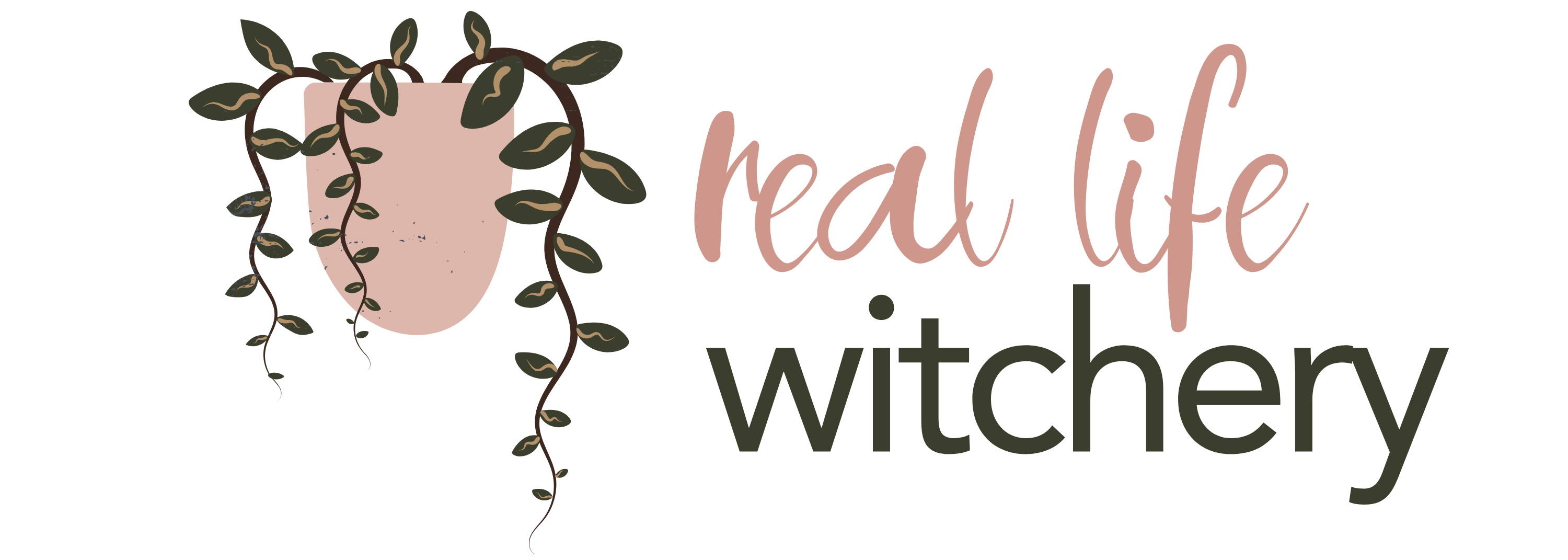
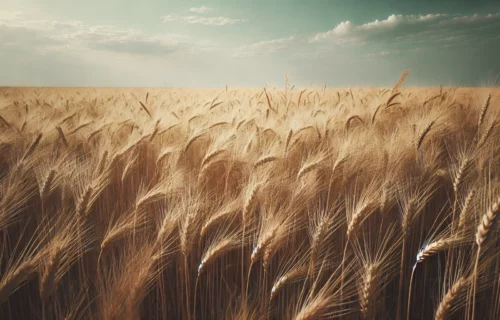
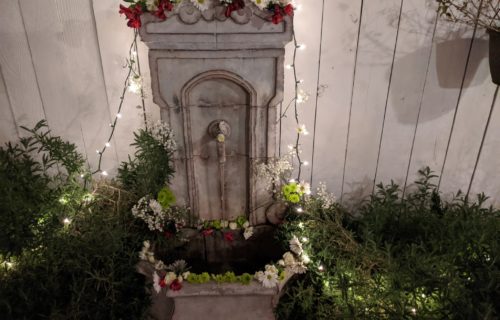
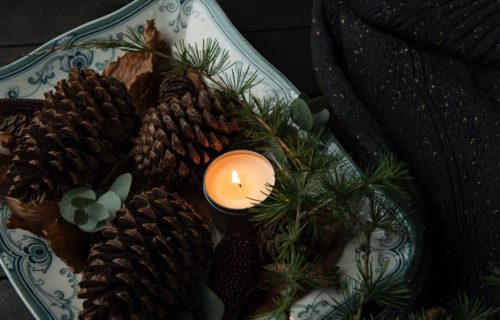
Add A Comment